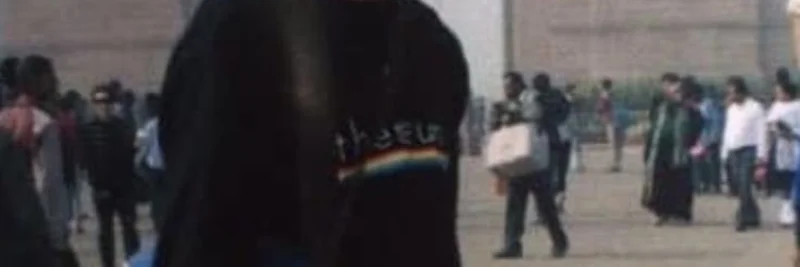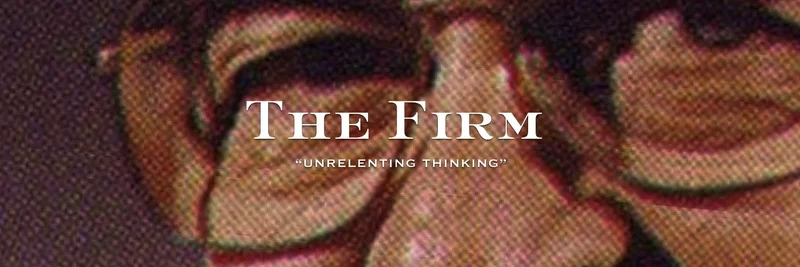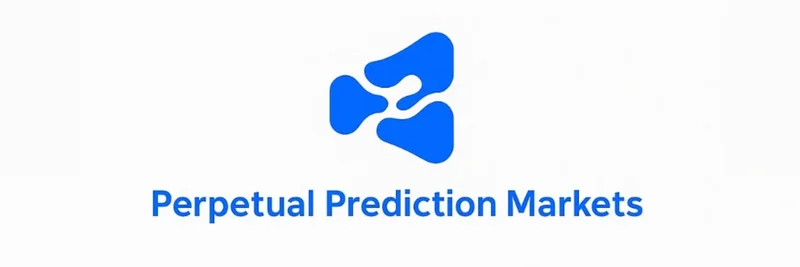Ethereum's co-founder, Vitalik Buterin, recently jumped into a lively discussion on X (formerly Twitter) about Zora, a popular platform that's blending social networking with cryptocurrency. It all started when crypto influencer Ansem asked if people had a Zora account, prompting Vitalik to share his thoughts. In his thread, Vitalik downloaded the Zora app, called it "good," and highlighted some key improvements he'd like to see, especially around account recovery.
Zora, for those new to it, is an Ethereum-based social network and NFT marketplace that's evolved into a hub where creators can launch their own coins—essentially tokenized versions of their personal brands or content. These creator coins function much like meme tokens, allowing fans to buy, trade, and engage with them on the blockchain. Built on the Optimism stack (a layer-2 solution for faster, cheaper Ethereum transactions), Zora makes it easy for newcomers to enter the web3 world by deploying smart wallets automatically. This means users don't need to fuss with complex setups; they can jump right in with an email.
In the thread, Vitalik initially pointed out a quirk: while he thought an Ethereum account could double as a Zora account, the app prompted him to complete his profile with an email. He shared a screenshot showing this step, emphasizing his concern about creating silos in the ecosystem—one for "real" Ethereum users and another for mainstream folks. Zora co-founder Jacob Horne responded, explaining that their smart wallet approach simplifies onboarding but still allows existing wallet connections for compatibility.
Vitalik's main suggestion? Adopt a recovery system similar to Farcaster, another decentralized social protocol, where users can set an Ethereum address (like a multisig wallet) as the recovery root. Multisig, short for multi-signature, requires multiple approvals for transactions, adding security. Vitalik shared a personal anecdote: he's lost access to email accounts despite knowing the passwords, all because of phone number changes and rigid verification processes from providers like Gmail. "I don't trust email with anything high financial value," he wrote. This resonates in the crypto space, where self-custody and robust recovery are crucial to avoid hacks or losses.
The conversation quickly turned fun when community members urged Vitalik to enable his own creator coin on Zora. David Hoffman from Bankless joked about it, saying there "definitely won’t be any adverse second-order consequences." Others memed the moment, with one user posting a video of a blinged-out Vitalik, hinting at the hype a "Vitalik coin" could generate. Ansem followed up asking for Vitalik's Zora handle, to which he cleverly replied, "The name of the animal is Eth"—a nod to Ethereum's ticker symbol.
Jacob even suggested Vitalik post a nostalgic photo of himself at India Gate on the Zora grid, which could mint as an NFT or tie into a coin. This highlights Zora's appeal for meme token enthusiasts: every post can become a coin, turning viral moments into tradable assets. As seen in recent news, platforms like Zora are booming with creator coins, from serious projects to quirky ones like Fake Taxi's token hitting a $10 million market cap.
This thread underscores bigger issues in Ethereum's user experience (UX). Vitalik warned about the risk of fragmented ecosystems, where apps like Zora might isolate new users from the broader Ethereum network. For meme token creators and traders, better integration means easier onboarding without sacrificing security—key for sustaining the meme economy's wild growth.
If you're into meme tokens, Zora's model could be a game-changer. It lowers barriers for launching and trading personalized coins, potentially fueling the next wave of viral cryptos. Check out Zora at zora.co and see if Vitalik's feedback leads to updates. Who knows? Maybe we'll see an official Vitalik creator coin soon—though given his cautious nature, don't hold your breath.
Stay tuned to Meme Insider for more on how platforms like Zora are shaping the future of meme tokens and blockchain innovation.




